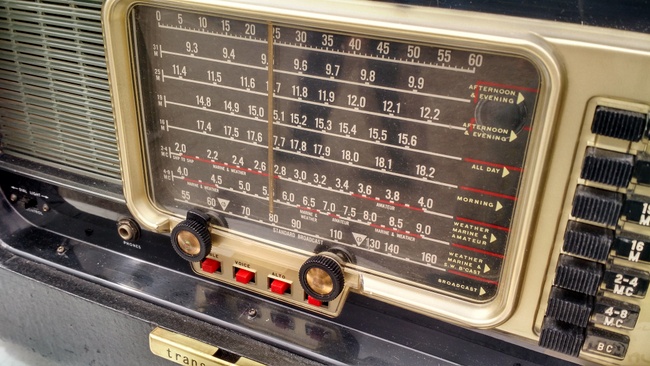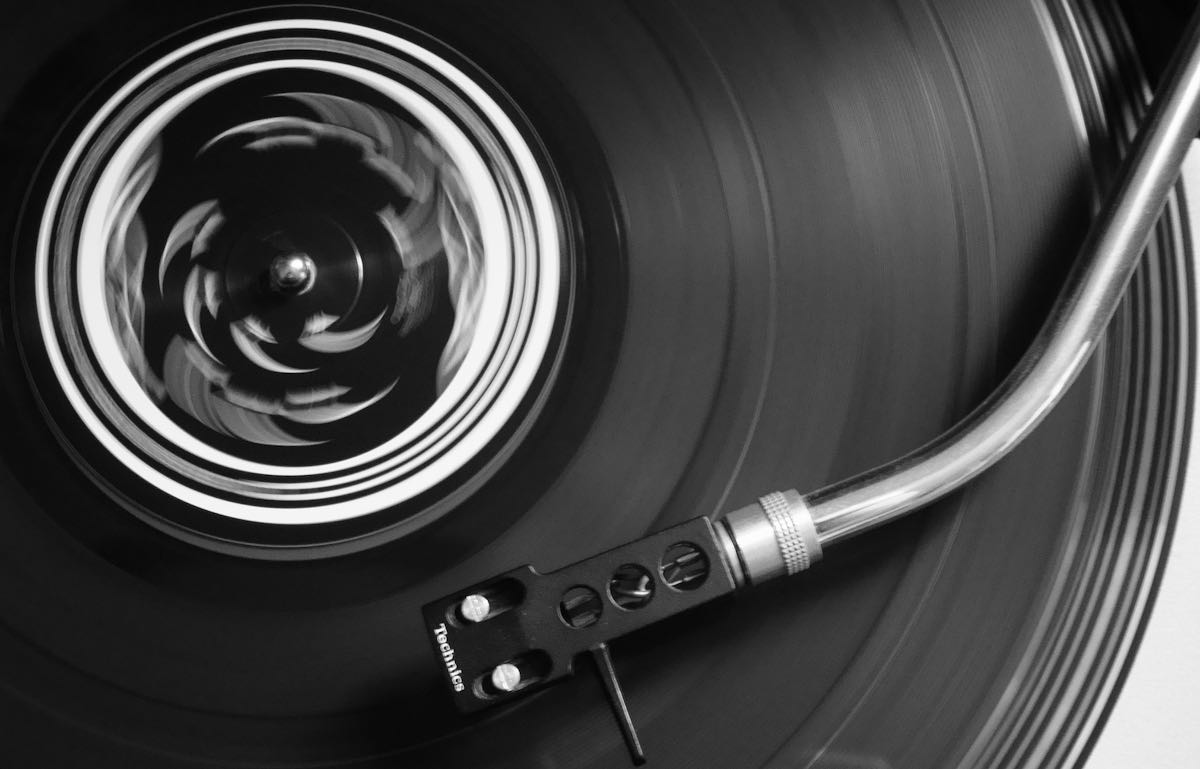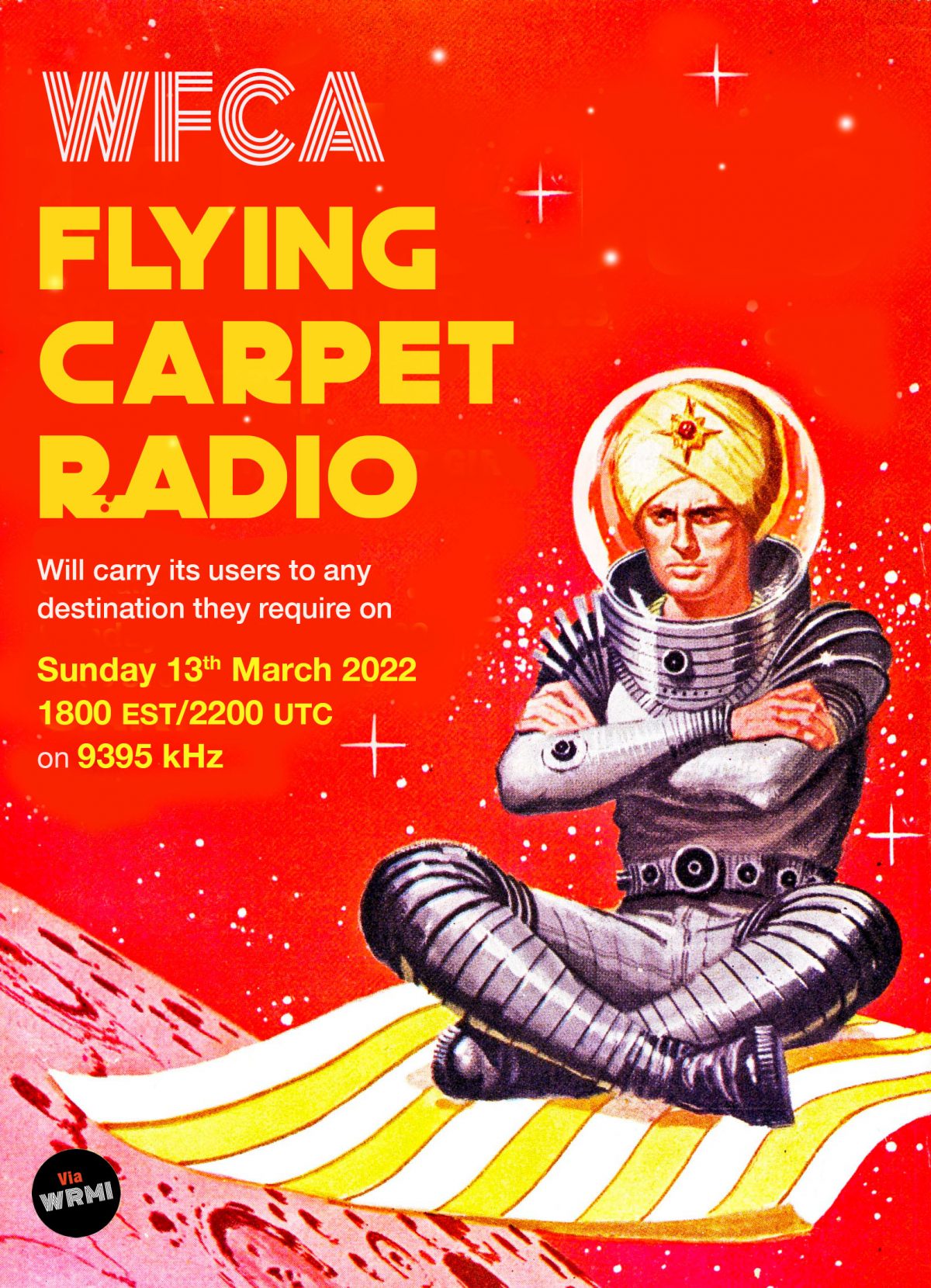
Many thanks to SWLing Post contributor, Troy Riedel, who shares the following announcement:
New Program: ALT UNIVERSE TOP 40
Written and produced by Indie Rock veteran John McMullan of The Trend, Alt Universe Top 40 is a genre-hopping weekly radio countdown that combines real-life chart achievements with “good-hearted adjustments that time and taste demand.”
With each hour-long show, the listener learns a few tidbits about familiar songs, and is gently introduced to music that SHOULD be familiar. In John’s world, The Beatles are still the “toppermost of the poppermost,” but, not far behind the Fab Four are deserving underground rock acts such as Good Question, Fools Face, and a number of other bands that turned in amazing records that were not exactly commercially successful.
Each show begins with a song that, at some point, was perched at number forty on one of the three major American charts, or in England or Australia. As the countdown continues, the musical selections include a song that should have made the Top 20, but did not; a single that charted at #11 in real life; a “should have been” Top 10; a Number 9, number 9, number 9…; something that is “modern and great” and should have reached number 8; a Little Slice of Heaven at Number 7; and the rest of the countdown filled out with bonus hits, a 3 from “Way Downtown,” and a Hall of Perfection Track.
Having designed the program specifically for Shortwave, McMullan draws inspiration from a variety of sources. He composed the opening fanfare and vocal jingles throughout the show by changing the lyrics to the chorus of the Trend classic he wrote in 1982, “Mama Thought You Were a Nice Girl.” The stories are usually trivia for chart nerds, but, with his music days never too far from his mind, McMullan throws in personal memories from time to time. There are AM hits, FM album hits, and jazz & blues selections that are only heard these days on public radio. Give Alt Universe Top 40 a listen, and you will certainly, as he says each week, “Keep on smiling through the static!”
You can hear Alt Universe Top 40 Saturdays at 10 pm Eastern Time (currently 0200 UTC Sunday) on 9455 kHz, and Sundays at 9 pm Eastern Time (currently 0100 UTC Monday) on 9395 kHz.
 Many thanks to SWLing Post contributor, Alan Roe, who shares his A-23 (version 4.0) season guide to music on shortwave. Alan provides this amazing resource as a free PDF download:
Many thanks to SWLing Post contributor, Alan Roe, who shares his A-23 (version 4.0) season guide to music on shortwave. Alan provides this amazing resource as a free PDF download:



